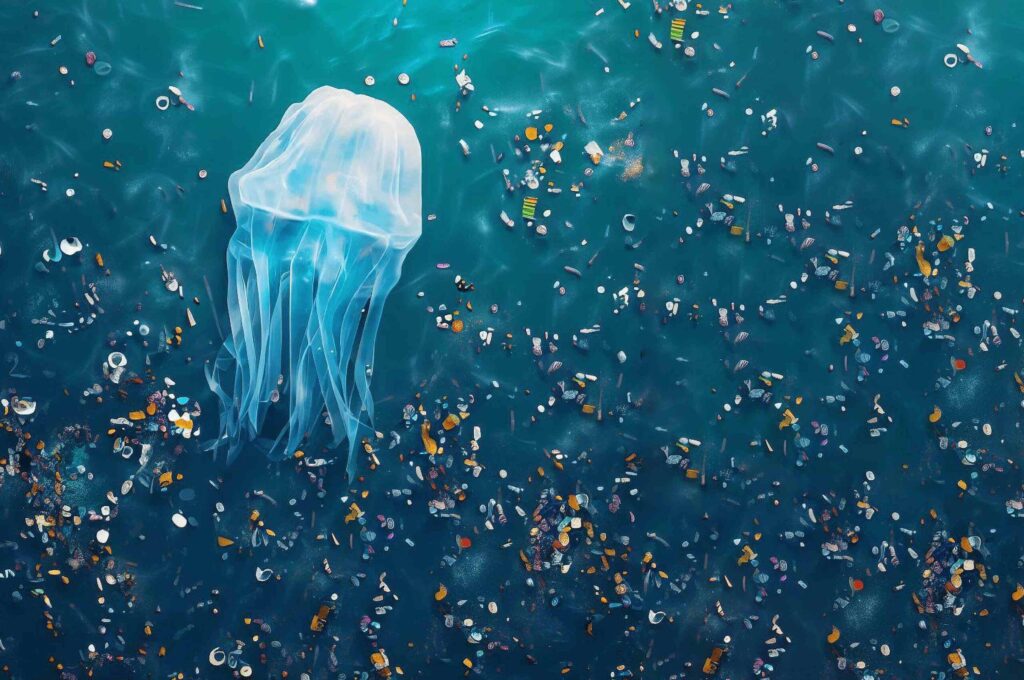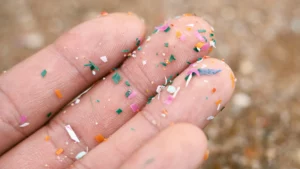The Tiny Trouble in Soil: Microplastics Under the Microscope

Those pesky microplastics? They’re pretty much everywhere, creating quite a mess in the environment. But here’s something new: a team from HZB and University Potsdam has figured out a way to pinpoint exactly where these microplastics hide in soil. This groundbreaking method uses 3D tomography to reveal their exact locations and how they might shake up the soil’s structure, potentially messing with water flow and soil quality.
Microplastics: The Sneaky Invaders
Microplastics are notorious environmental pollutants. You name it—tyre wear, cosmetic particles, clothing fibers, disposable masks—these tiny particles sneak into nature everywhere. In Germany alone, tyre wear contributes a whopping hundred thousand tonnes of microplastics annually, adding to the pile of waste infiltrating the great outdoors. But what happens when these minuscule troublemakers get into different types of soil? Do they break down into smaller bits, shift around, and mess with the soil’s very fabric?

Hunting Down Microplastics in Soil
Scientists have been on the case, looking into ways to spot microplastics in soil. One method involves soaking a soil sample in a salt solution. This magical mix separates out the plastic and organic bits from the mineral particles. But here’s the hitch: while this method helps identify what’s in the soil, it doesn’t tell us exactly where these microplastics are lurking or how they might be messing with the soil structure.
The Cool New Tech: 3D Tomography with Neutrons and X-rays
Enter Prof Sascha Oswald and Dr Christian Tötzke from University of Potsdam. They teamed up with Dr Nikolay Kardjilov and his crew at HZB to unleash a unique method using neutrons and X-rays to create 3D tomograms of soil samples. Neutrons zoom in on organic and synthetic particles while X-rays focus on mineral bits and their structure.
Putting the Method to the Test
Tötzke played mad scientist and whipped up a bunch of soil samples, mixing in artificial microplastic particles, sand, and organic components like peat. Then, he brought in the big guns: fast-growing lupins and their roots to see how they’d react to microplastics. The neutron tomograms spotted those microplastic particles loud and clear. Meanwhile, X-ray tomography revealed the sand grains’ arrangement, showing organic and plastic bits as hazy voids. When the two were combined, bingo—a full view of the soil sample. This method helped them understand the microplastics’ size, shape, and their impact on the soil structure.
Real-world Impact: The Surprising Effects
To really put this to the test, Tötzke got his hands on sandy soil from an asparagus-growing area in Brandenburg. He mixed in bits of mulch film, a thin plastic film used in farming. Guess what? These film bits shook things up in the soil, changing how water flowed and even creating tiny cracks. And here’s the kicker: this might mess with the soil’s ability to store water, which is pretty crucial, especially with climate change bringing more droughts and heavy rainfall.
So, while these microplastics might be tiny, they’re causing some big trouble in the world below our feet. And it’s urgent to figure out just how much havoc they’re wreaking, especially with changing climates on the horizon. Time to dive deeper and sort out this soil saga!






